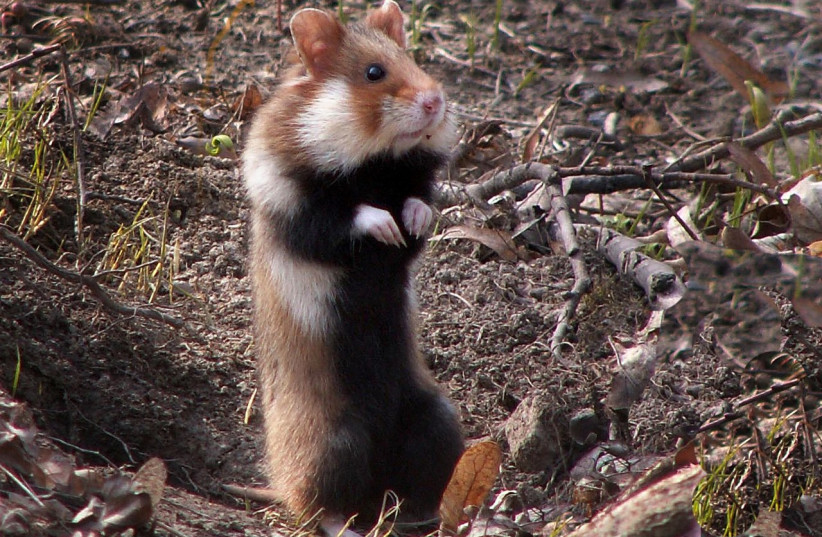The Delta variant of SARS-CoV-2, the novel coronavirus that causes COVID-19, can be transmitted from humans to hamsters and then be transferred back to humans, according to a new study.
The ongoing coronavirus pandemic has spread all over the world since it began in late 2019 in Wuhan, China. Millions of people have died due to the virus, which continues to rage throughout the world.
The zoonotic transmission
While the exact origins of the virus are under debate, it is widely thought that it spread from animals (specifically bats) to humans in what is known as zoonotic transmission. And according to this new study, published in The Lancet in pre-print and awaiting peer-review, hamsters are one such animal that can spread the virus to humans.
The fact that hamsters are capable of catching COVID-19 isn't too out of the ordinary. The novel coronavirus has been seen in many other animals after having been spread to them by humans. This includes cats, dogs, otters, minks, mice, deer, gorillas, ferrets and pigs.
However, these animals may often deal with the virus differently. Cats, for example, were noted by some as having recovered from COVID-19 very quickly. Deer were shown to be able to spread it to one another, but they showed no symptoms. Pigs, while they are shown to catch coronavirus, but not only do they never show symptoms, they also never spread it to others.

But what makes this study especially notable is that it can spread from hamsters back to humans.
To date, the only other animal known to transmit SARS-CoV-2 back to humans was in the case of minks, which resulted in a mass culling of mink farms around the world, especially in Denmark.
However, it seems hamsters may be able to do it too.
This first-ever hamster-to-human transmission was found on January 15, 2022 in Hong Kong, linked to a hamster imported from the Netherlands, according to the study.
Before this, however, Hong Kong had ordered the culling of thousands of hamsters in pet shops, particularly those purchased on or after December 22.
Currently, at least two people in Hong Kong were confirmed to have been infected by these hamsters, with one other person infected through human-to-human transmission after this.
The dangers of COVID-19, variants and zoonotic transmission
If the findings are accurate and hamsters can indeed transmit COVID-19 to humans, this could become a serious concern, as they would serve as yet another vector to spread the virus worldwide.
The dangers of such a possibility were aptly illustrated in this situation.
Due to Hong Kong's strict measures to stop the spread of COVID-19, the city had seen a sharp decline in cases. In particular, as noted by the study, there had been no locally-spread Delta cases since October 9. Airport screenings and quarantine measures had kept other cases out.
The cases currently in Hong Kong were, until now, of the Omicron variant.
Now, however, Delta has returned because of these hamsters, showing how they can unwittingly spread the virus even further.
But that isn't the only possible danger this can cause.
If the coronavirus can have more hosts and continue to spread among them, more mutations and variants can ultimately develop. This was seen in the minks, who were found to have developed new mutations in the coronavirus, which could have spread among humans.
The study of how the virus spreads in animals and preventing it from doing so is essential for stopping the further spread of COVID-19 and keeping the pandemic from getting even worse in the future.
